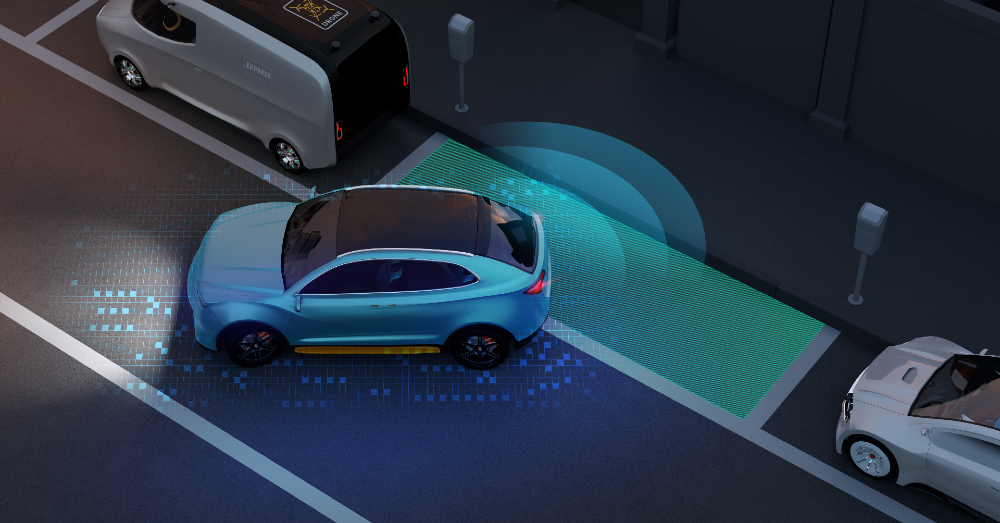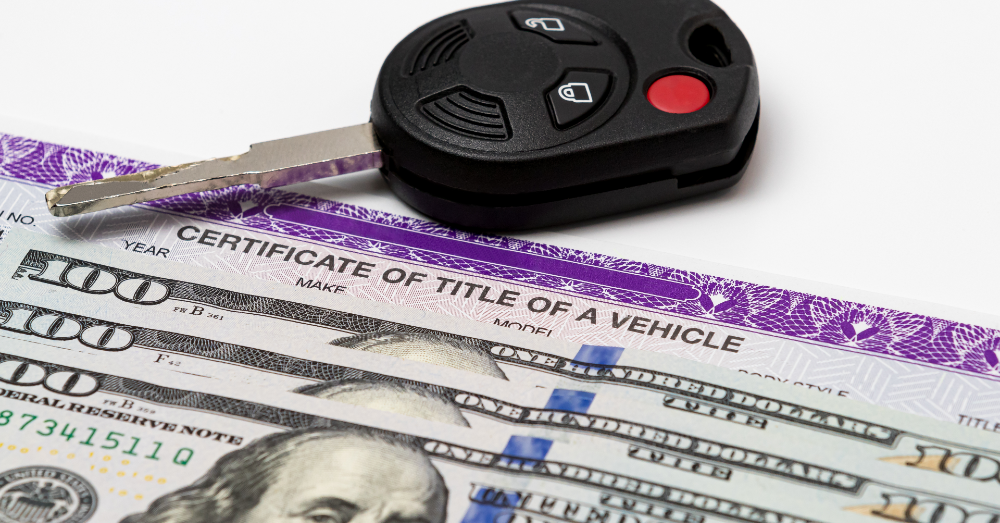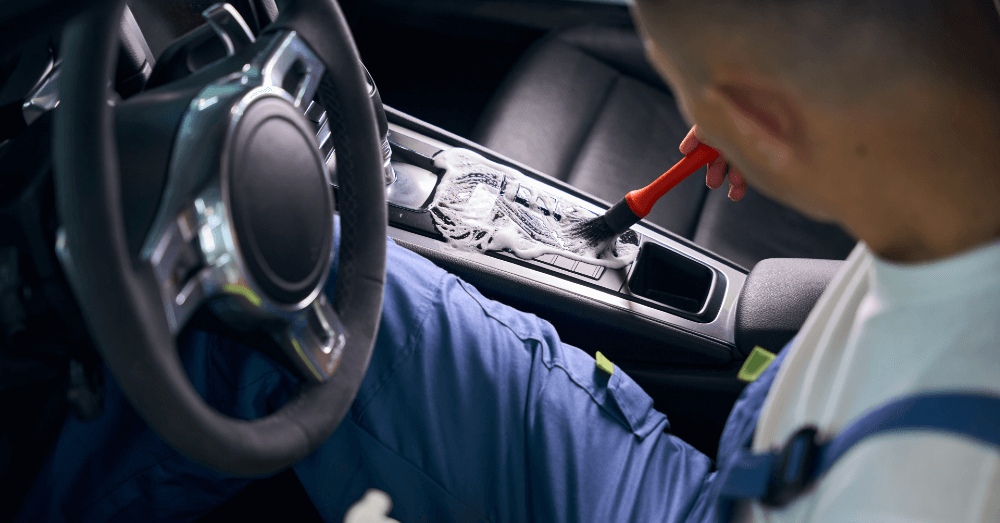Many drivers hate parallel parking, but this is one of the skills you should master, especially if you live and drive in a city.
Parking your car in line with other vehicles along the side of a road is something that you should know how to do. If your vehicle isn’t equipped with a self-parking feature, you’ll want to know how to perform this maneuver and get your car right where you want it. Unfortunately, many drivers have serious performance anxiety when it comes to this parking maneuver, but you don’t have to. Here are ten steps to help you get it right.
1. How Should You Begin this Parking Maneuver?
If you see a space that looks like your vehicle will fit along the curb, you’ve got to know how to begin. If you get the beginning wrong, the rest won’t matter. Thankfully, the first step is an easy one. Pull up next to the car in front of the empty space and make sure your car is 2-3 feet away from the side of the car already parked by the curb. This position ensures you the greatest chance of success.
2. Take a Look in the Mirrors
Before you begin to maneuver your vehicle into the space, check all of your mirrors and look around your car to make sure there aren’t any other vehicles in the way. If a car has pulled up behind you, turn on your signal to let them know you intend to parallel park your car in the space available. Once you’ve checked for traffic and made certain no others are in the area; it’s time to begin your parking maneuver.
3. Now the Fun Begins; Put the Car in Reverse
With your foot on the brake, put your car in reverse and start slowly backing up. You’re backing up next to the parked car, and you need to start turning your steering wheel to the right. This will allow the rear of your vehicle to enter the space and bring the rest of the car along with it. Continually check all areas of your car to ensure you won’t hit any parked cars or the curb with your vehicle.
4. You’re in the Space, But We’re Just Getting Started
Once the rear of your vehicle is in the space, you’ll need to begin to straighten your steering wheel while you continue to move in reverse. This is one of the trickiest parts of parallel parking, and it takes a bit of practice to master. Your car will continue to move backward toward the car at the far end of the space. Continue to check your mirrors and turn your head to see what’s happening during your parking maneuver.
Tip: If at any point you feel that you’ll hit one of the other cars, stop, pull out of the space, and start over. There’s less shame in starting over than in hitting another car while parking.
5. Now, the Steering Wheel Needs to Go to the Left
Once the front of your vehicle is beyond the bumper of the vehicle in the parking spot in front of you, it’s time to turn your steering wheel to the left. This allows your car to continue to straighten in the space while you’re backing up.
6. You’re Still Going Backwards, Check How Close You Are
While continuing to inch in reverse, you’ll need to check your mirrors and distance from the car behind you. The last thing you want to do is hit that car. This is one of the most important parts of parallel parking. Sometimes you see other people put their cars in drive sooner than necessary. To this point, every part of this maneuver has been in reverse, which is the right way to perform it.
7. Get Your Car into a Comfortable Position
Once you’re all the way in the space, you might need to move forward or straighten out a little bit. Make sure the car behind you has enough room to get out of its spot, and you have enough space between your front end and the car in front of you. This is a great way to ensure that everyone can drive off once their done parking along the street. If you’re too close to the car behind you, they might come searching for you so they can get out of the spot.
8. Are You Parked at a Meter?
At this point, you can celebrate that you’ve successfully put your car into a parallel parking space. You’ve completed the most difficult part of this maneuver and can be happy you were able to park along the curb. If you’re at a meter, it’s time to pay that meter before you leave to go into whatever business you’re visiting. You don’t want to come back out and have a parking ticket, especially when you’ve completed this type of parking.
9. Leaving the Space Begins In Reverse
You started in reverse to get into the space, and if both spaces around your car are still occupied when you return to your vehicle, you’ll need to get out of the space. The first part of exiting is to put the car in reverse. Back up as close to the vehicle behind you as you can. If there isn’t any traffic, you can turn your wheel to the right while reversing to move the front of your car out of the space a little. Don’t turn the wheel if traffic is coming in the lane next to your car.
10. Shift into Drive and Head Away
Exiting a parallel parking space is much easier than entering one. Once you’ve reversed to as close to the car behind you as you can, put the car in drive, turn the steering wheel to the left, and exit the space. Of course, before you exit, you’ll want to make sure you don’t hit the car in front of you or enter traffic and get hit.
Use these ten tips to help you with the task of parallel parking. Next time you see a space along the curb, you won’t need to drive around to find a parking lot.




